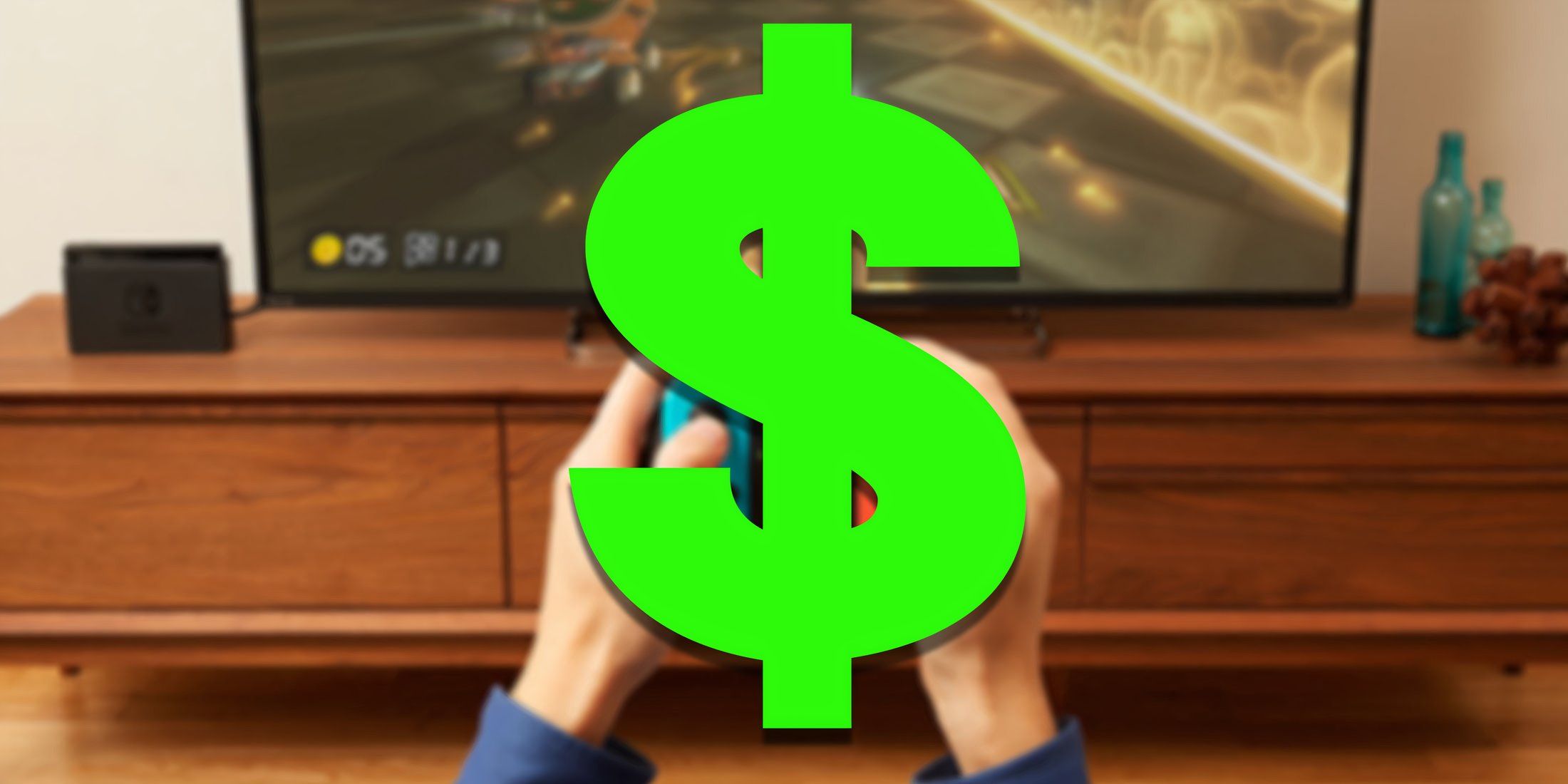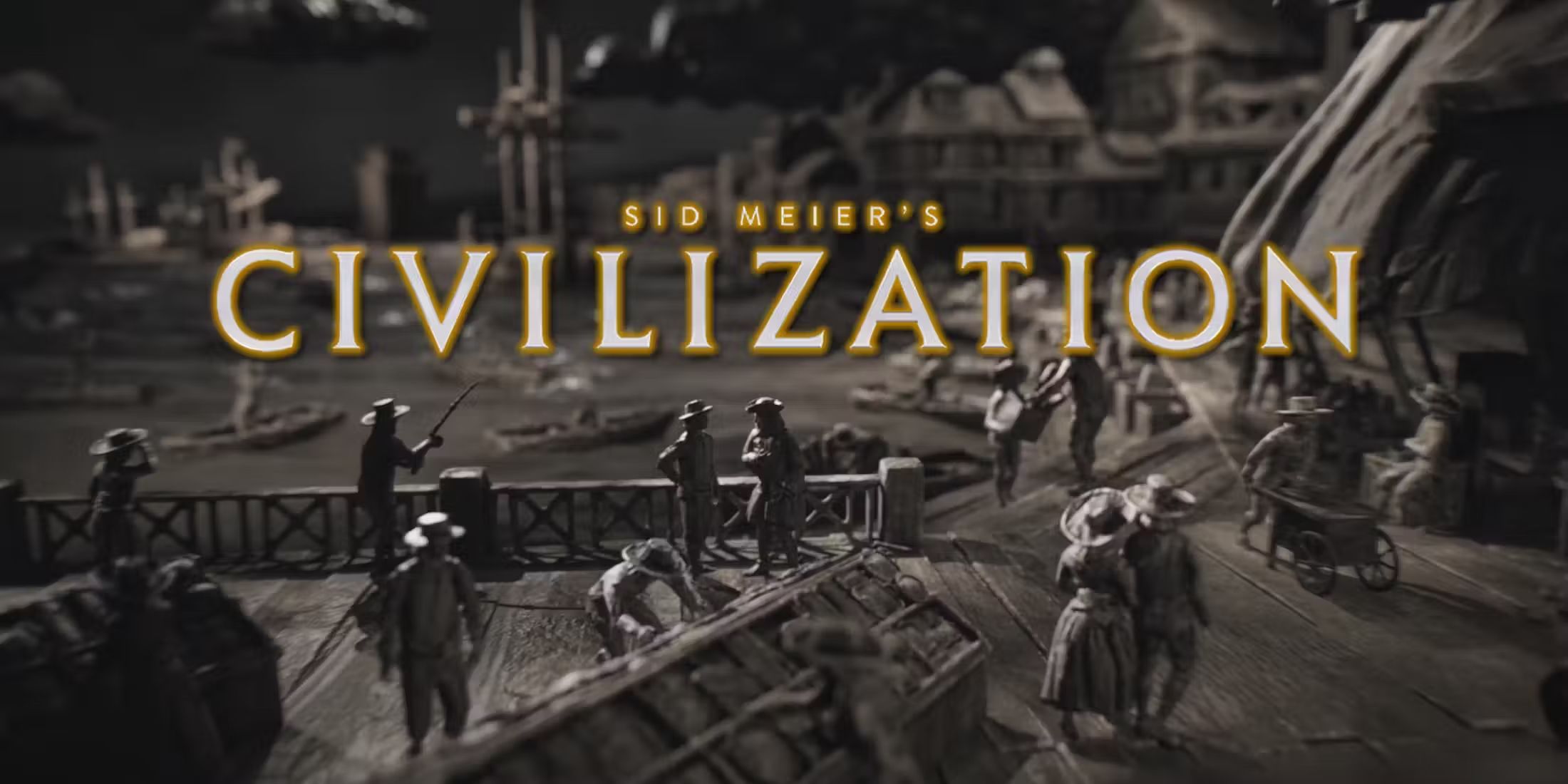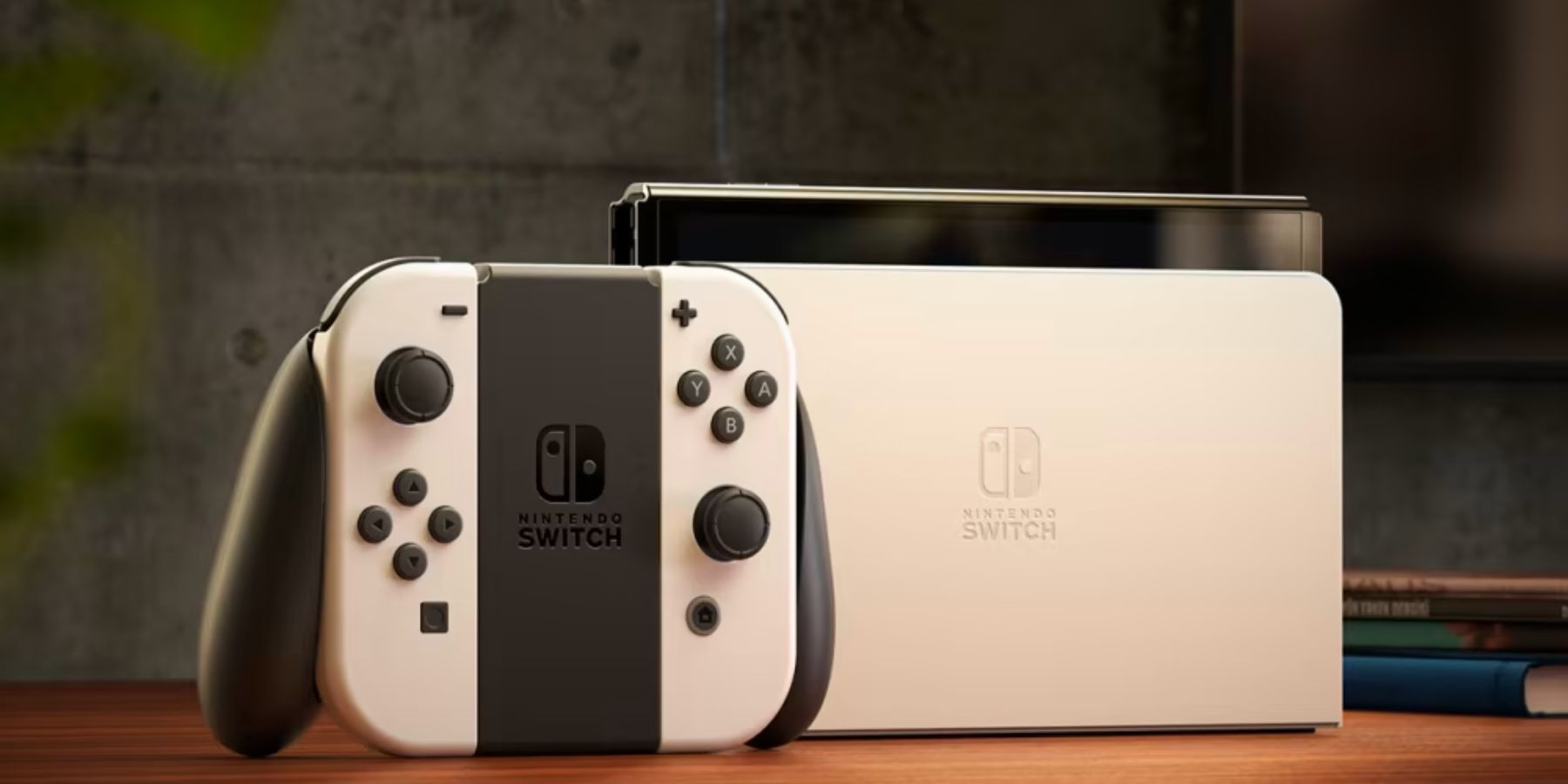Highlights
- Anticipation for a Switch successor is high, and backwards compatibility could be a major selling point for such a console.
- While fans request higher graphics and frame rates, backwards compatibility should be a priority for the Switch. The extensive library of the first Switch is crucial for the next console's full potential.
- Backwards compatibility is becoming the industry standard again, and omitting it from the Switch 2 would mean abandoning the strong Switch library.
The Nintendo Switch is reaching its seventh year on the market, and for the last three to four years, rumors have run rampant regarding a successor to the revolutionary console. Many speculate on whether the console actively exists at all, while others get into more technical aspects such as its processing power. Recent Nintendo Switch 2 rumors claim the console will feature an LED display rather than an OLED one, which is a curious choice considering an OLED Switch already exists. No matter the humor, however, they all prove that anticipation for a Switch successor is palpable, and the only relief is Nintendo making it official.
Fans of the Nintendo Switch have created a laundry list of requested features for the Switch 2. Many of them concern the console's technical capabilities, primarily its ability to handle higher quality graphics and frame rates. While these upgrades would be appreciated, there is one crucial aspect of the next Switch that should take priority. Backwards compatibility is something very few of the Switch 2's rumors focus on, but for the next Nintendo console to reach its full potential, compatibility with the first Switch's extensive library is essential.
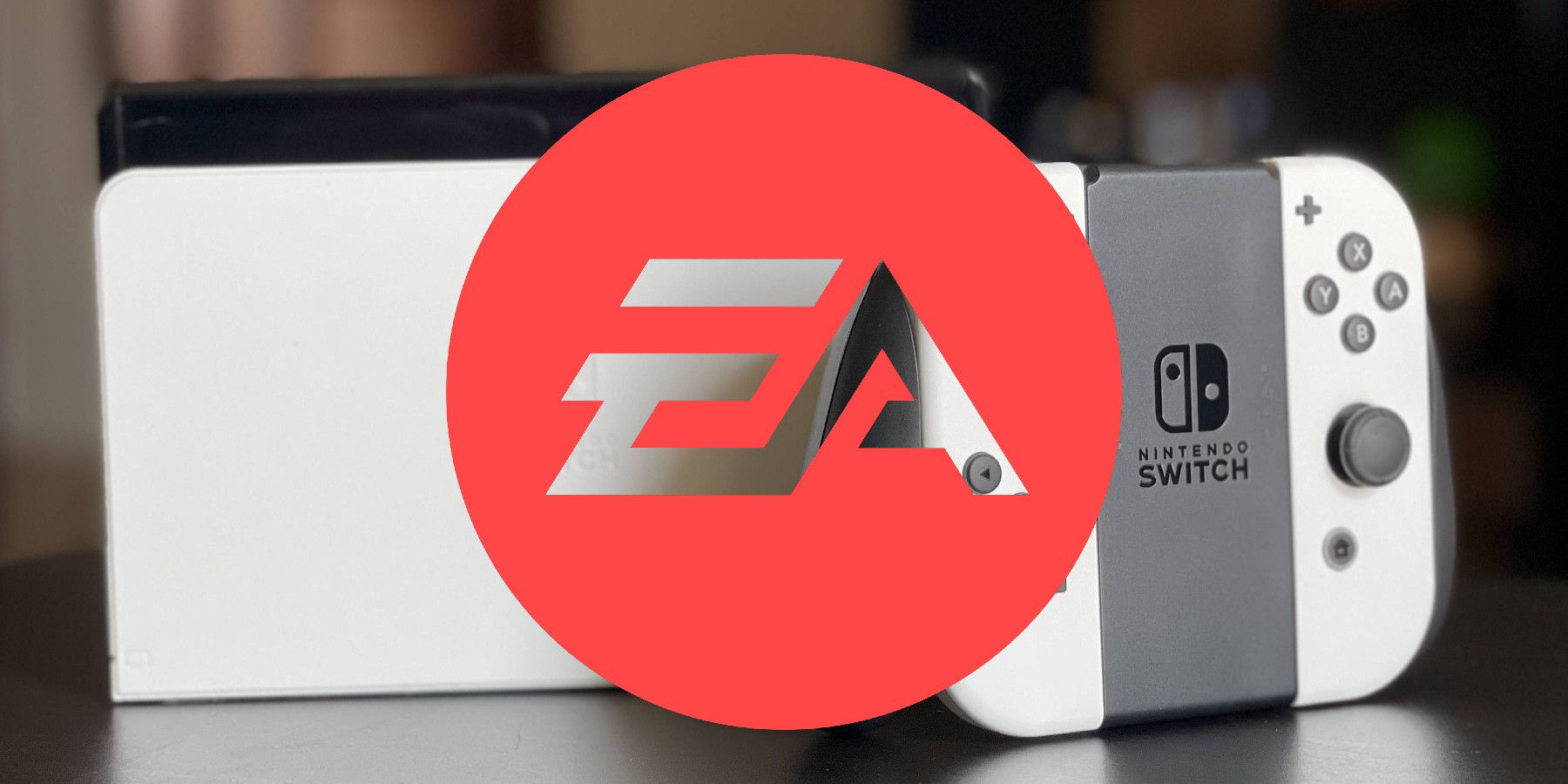
EA CEO Talks About How New Platforms Impact the Company After Being Asked About Switch 2
EA CEO Andrew Wilson touches on the publisher's relationship with new gaming platforms, and the effect fresh hardware can have on major franchises.
Backwards Compatibility Is A Must On Nintendo's Next Console
When the Nintendo Switch was first revealed, its design and functionality took the gaming world by storm. One of the stranger aspects of the console, however, was its proprietary game cartridges. Questionable game mediums weren't anything new for Nintendo, but it meant that backwards compatibility with the Wii U was out of the question. As a result, much of the Switch's library is made up of repackaged Wii U titles, seemingly in an effort to give those games another chance on a more successful console.
While titles like Mario Kart 8 have experienced great success and even additional growth after coming to the Switch, it's made Nintendo's offerings feel less original than with previous consoles. For those who own a Wii U, it can also be irritating knowing games they already purchased are now available on a more well-regarded console, and often for the same price. To avoid facing a similar situation, Nintendo should ensure a wide range of backwards compatibility on the Switch 2, just as it did with DS games on the 3DS.
Backwards Compatibility Is Once Again The Industry Standard
Backwards compatibility has always ebbed and flowed in the industry, with some console generations championing it, and others finding little room for it. The early 2000s and 2010s saw a fair amount of compatibility between consoles like the GameCube and the Wii, as well as the Xbox 360 and Xbox One. One sore spot came from the PS4's lack of compatibility with PS3 games, but since the release of the PS5 and Xbox Series X, it seems backwards compatibility is the strongest it's been in a while.
The Switch's Library Is Too Strong To Abandon
If the Switch 2 doesn't offer backwards compatibility, even in some limited form, it would mean abandoning the stellar Switch titles that Nintendo has built up over the last seven years. Gamers could certainly still play games like Tears of the Kingdom if they hold on to their Switch, but consoles become obsolete eventually, and omitting backwards compatibility from the Switch 2 would mean much of the Switch's library would become much more difficult to experience. There would also be the added benefit of giving the Switch 2 a plentiful library right at launch, instead of waiting a few months for new games to trickle in.
The Switch 2 has been gaming's proverbial white whale for years now, and even with the latest rumors, it still feels no closer to actually coming out. Of course, that could all change in an instant, as Nintendo is no stranger to making surprise announcements about major hardware and software. When Nintendo does finally make so many gamers' dreams a reality, it would be made even sweeter with the announcement of extensive backwards compatibility.
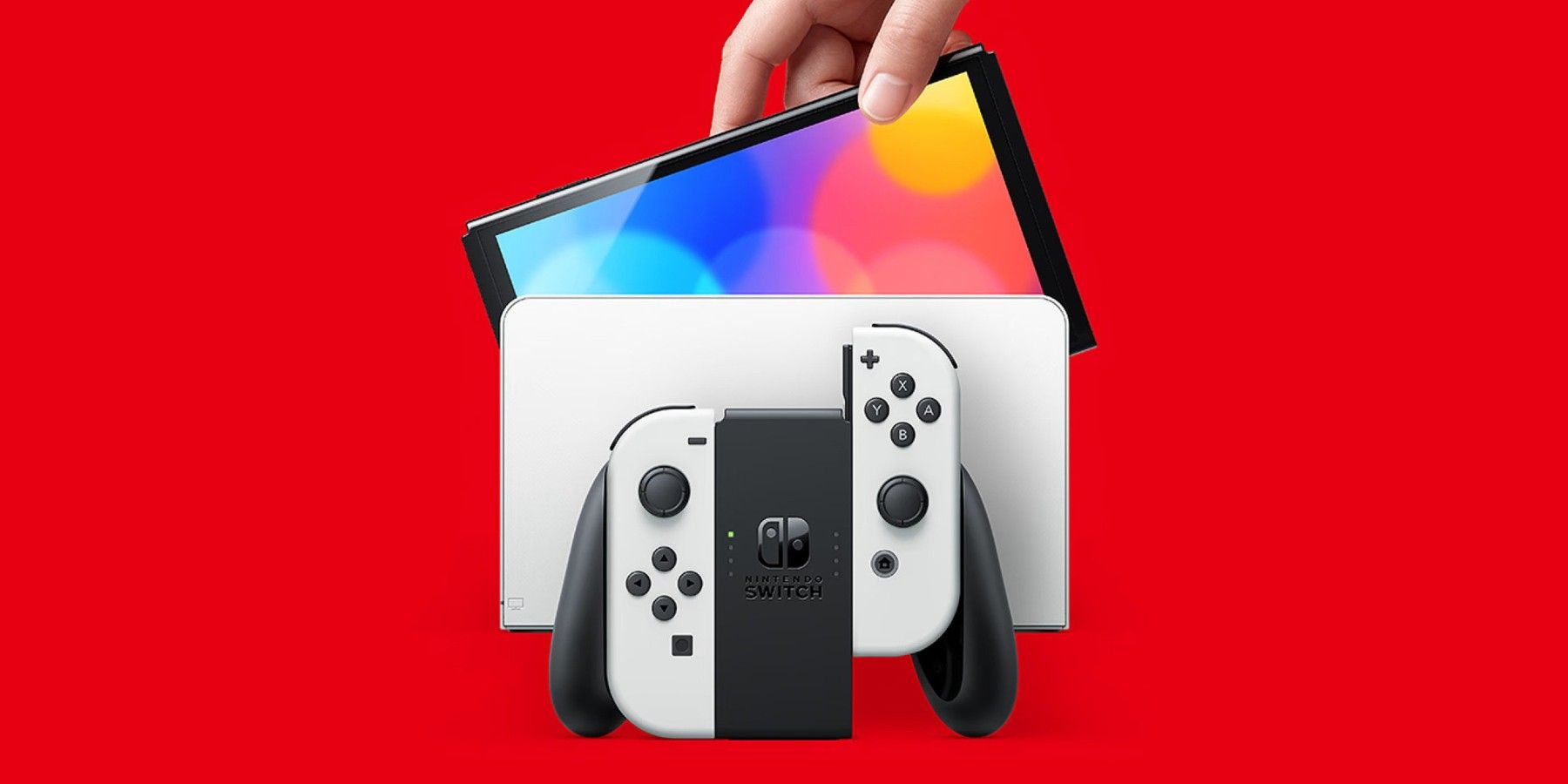
Nintendo Switch OLED
Nintendo's newest system features a vibrant 7-inch OLED screen, a wide adjustable stand, a dock with a wired LAN port, 64 GB of internal storage, and enhanced audio. Improvements to visuals, audio, and connectivity make a strong impact on highly detailed gameplay and setup is extremely easy.
- Dimensions
- 2.9 x 6.5 x 7.9 in
- Weight
- 1 lb
- Chipset
- NVIDIA Tegra
- Storage
- 64 GB

